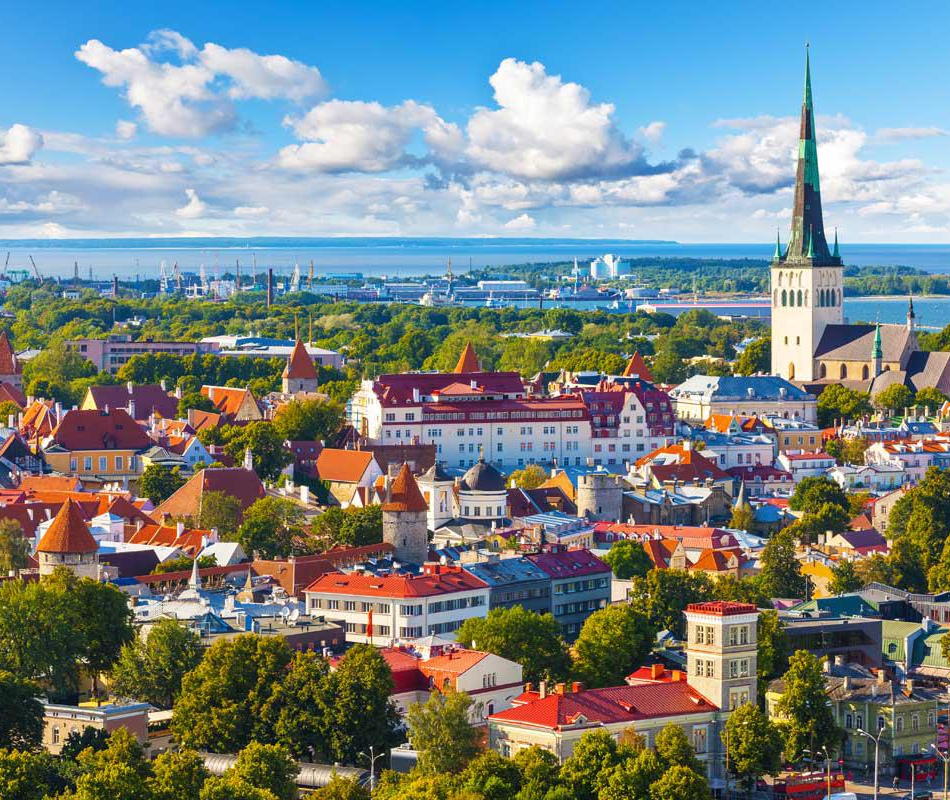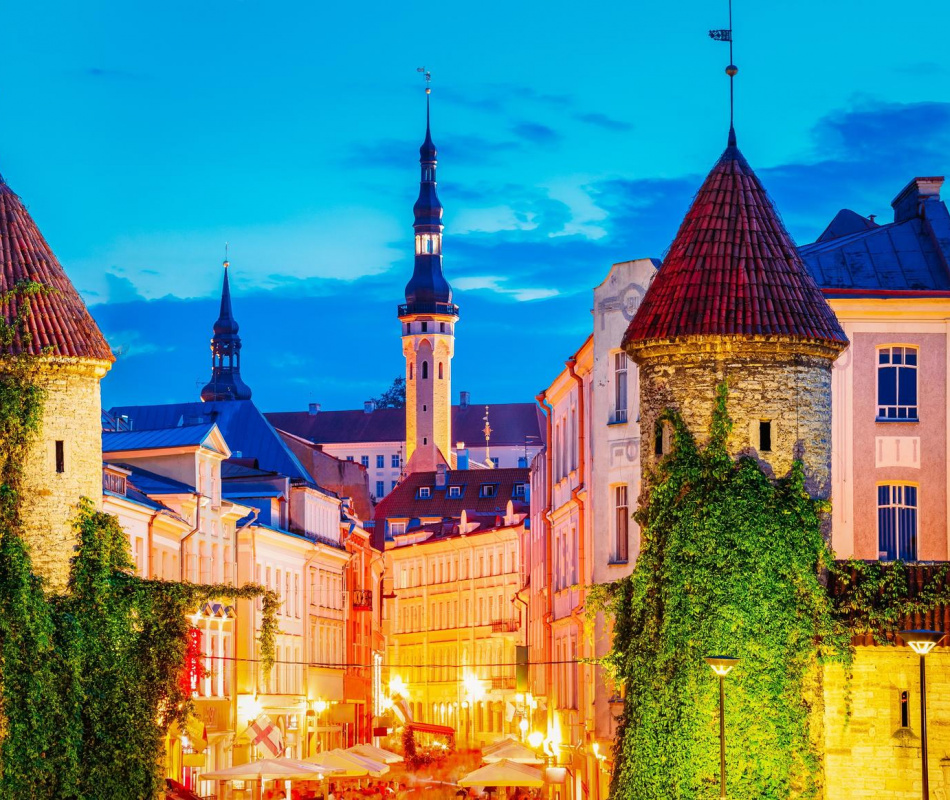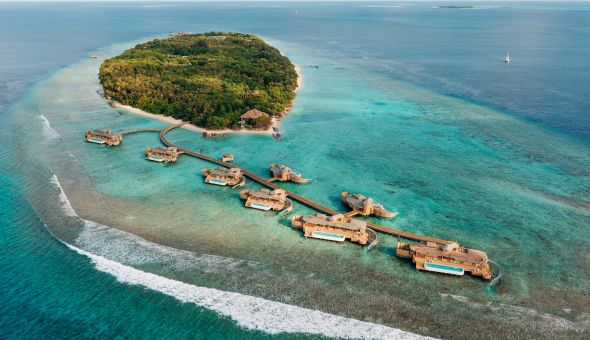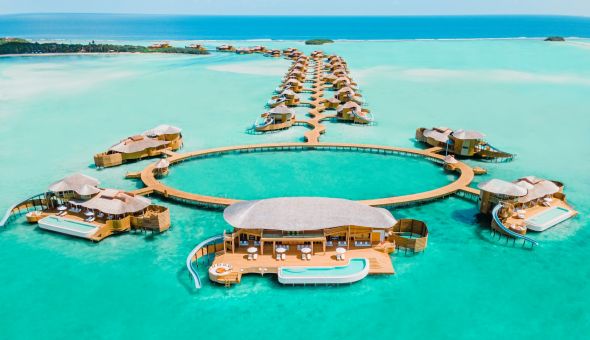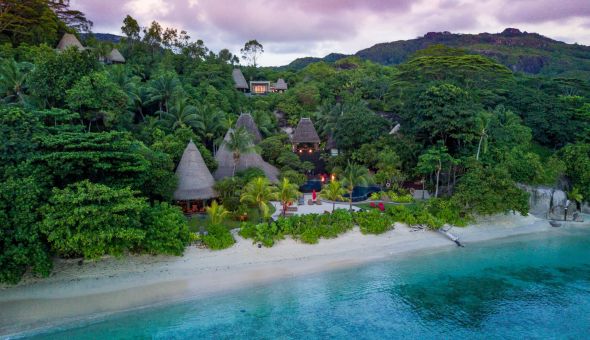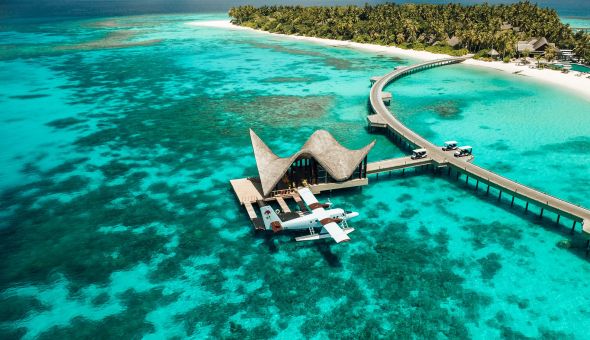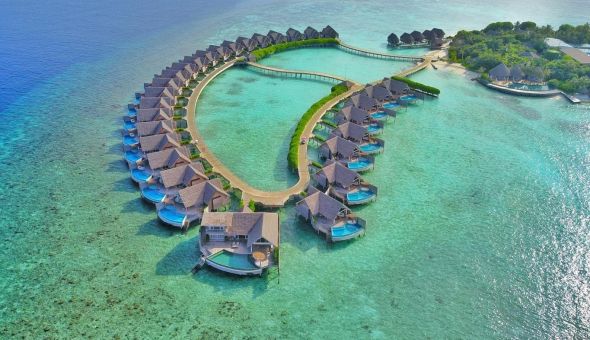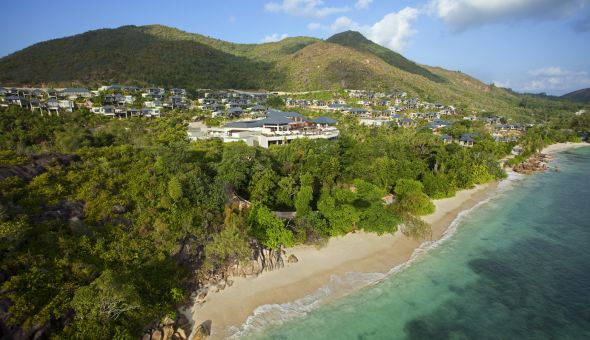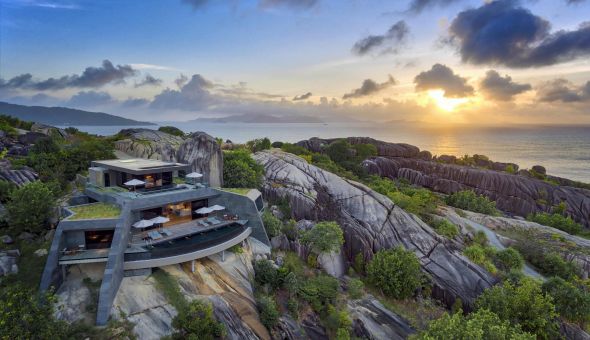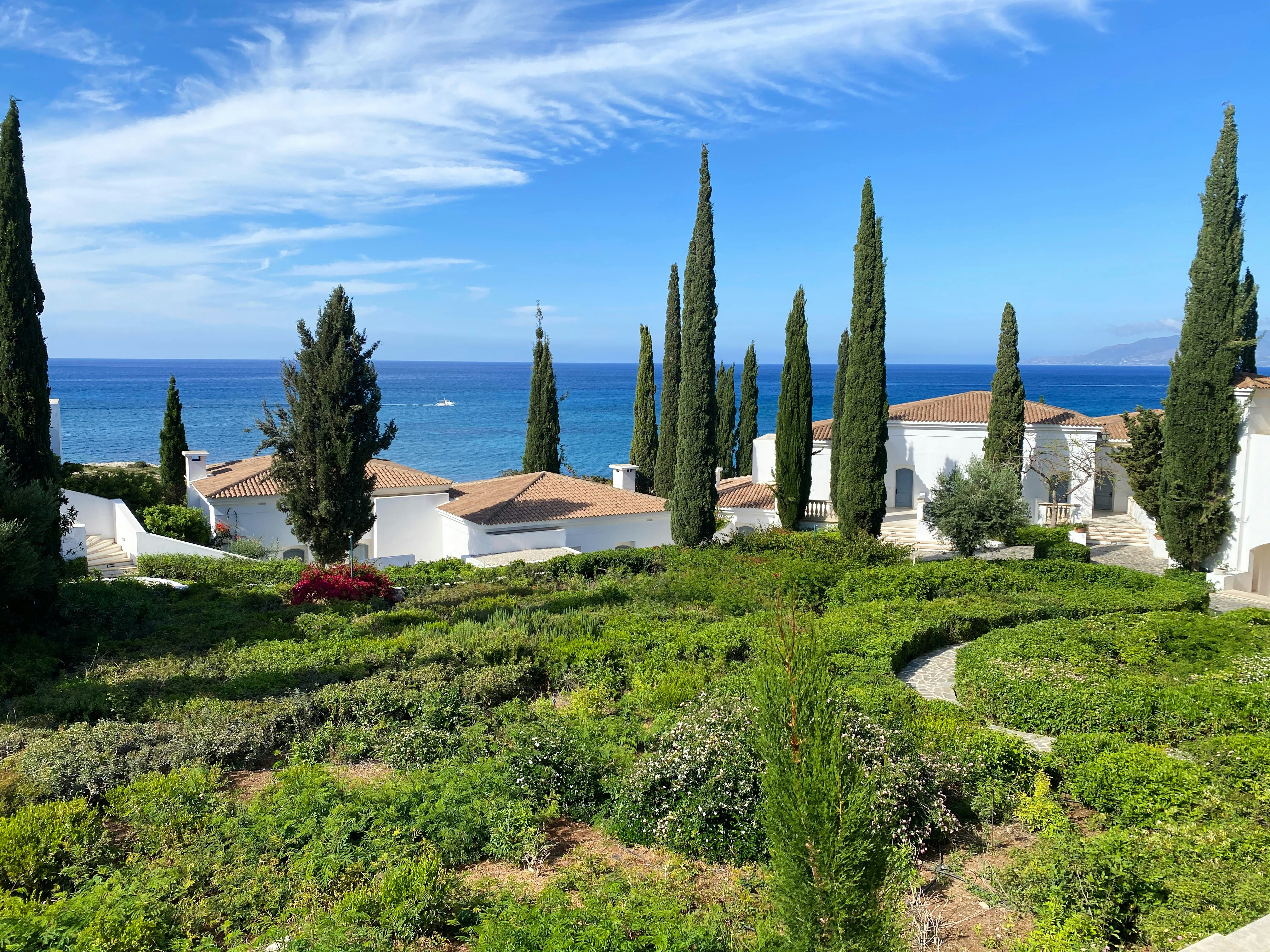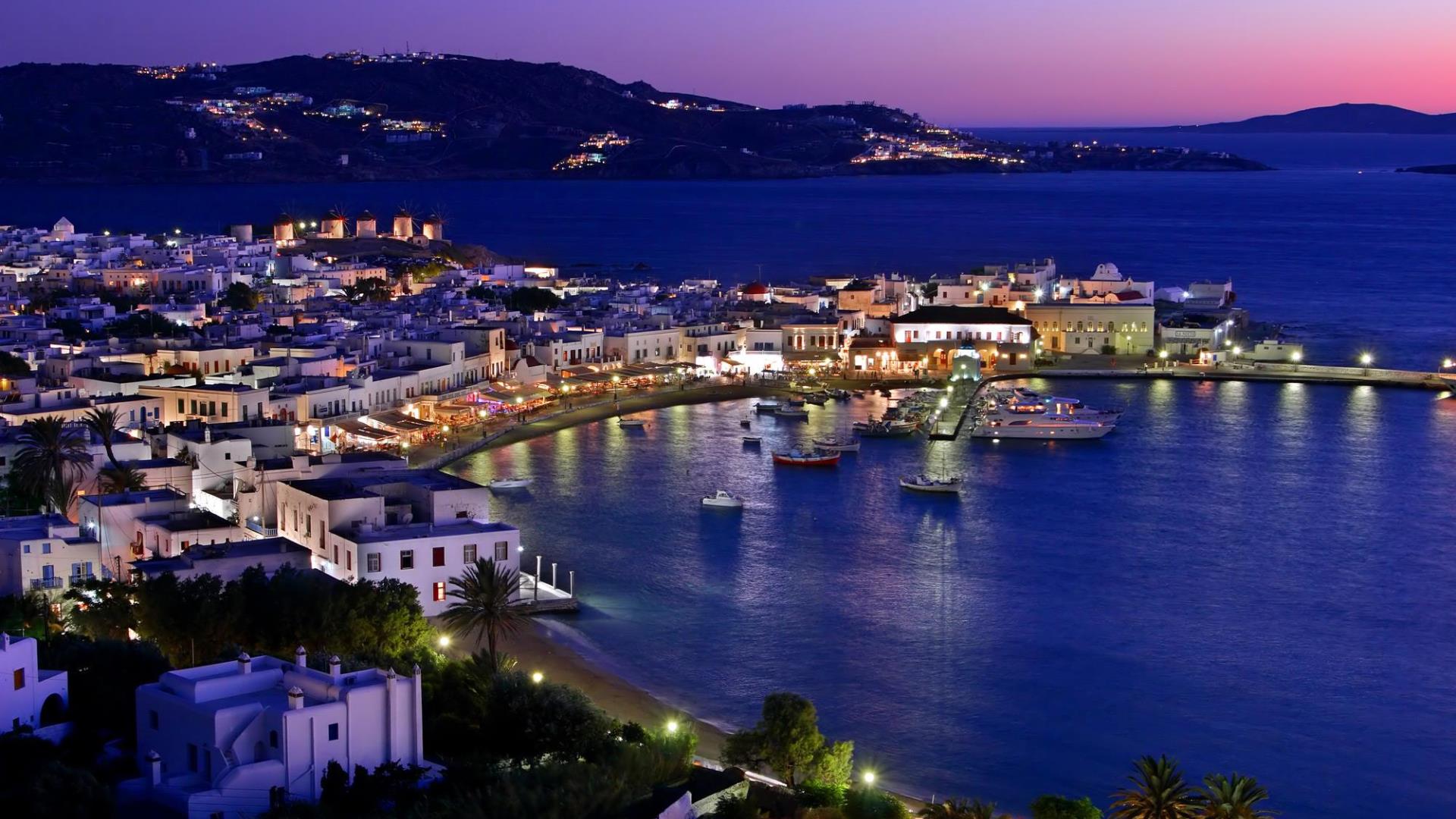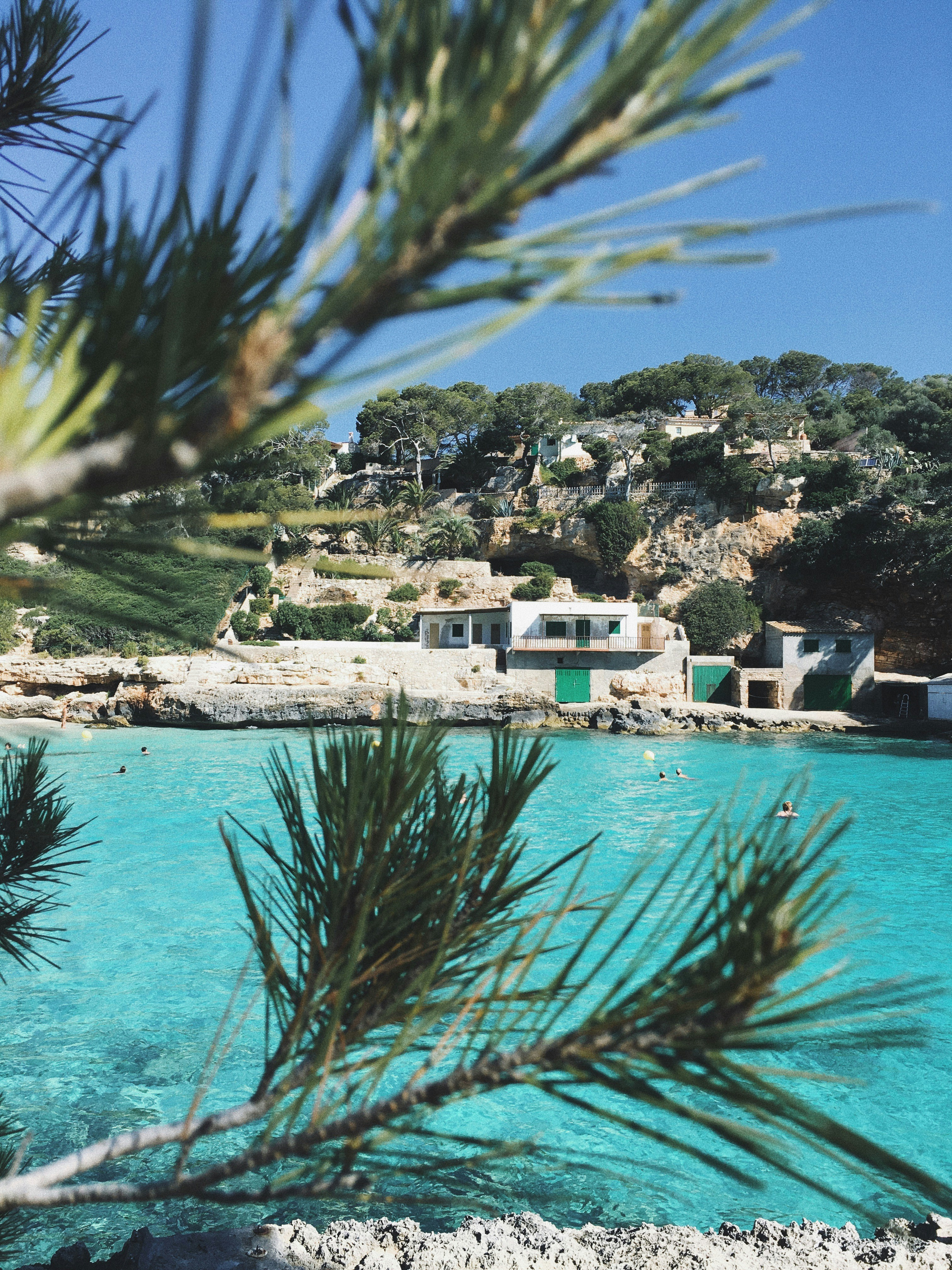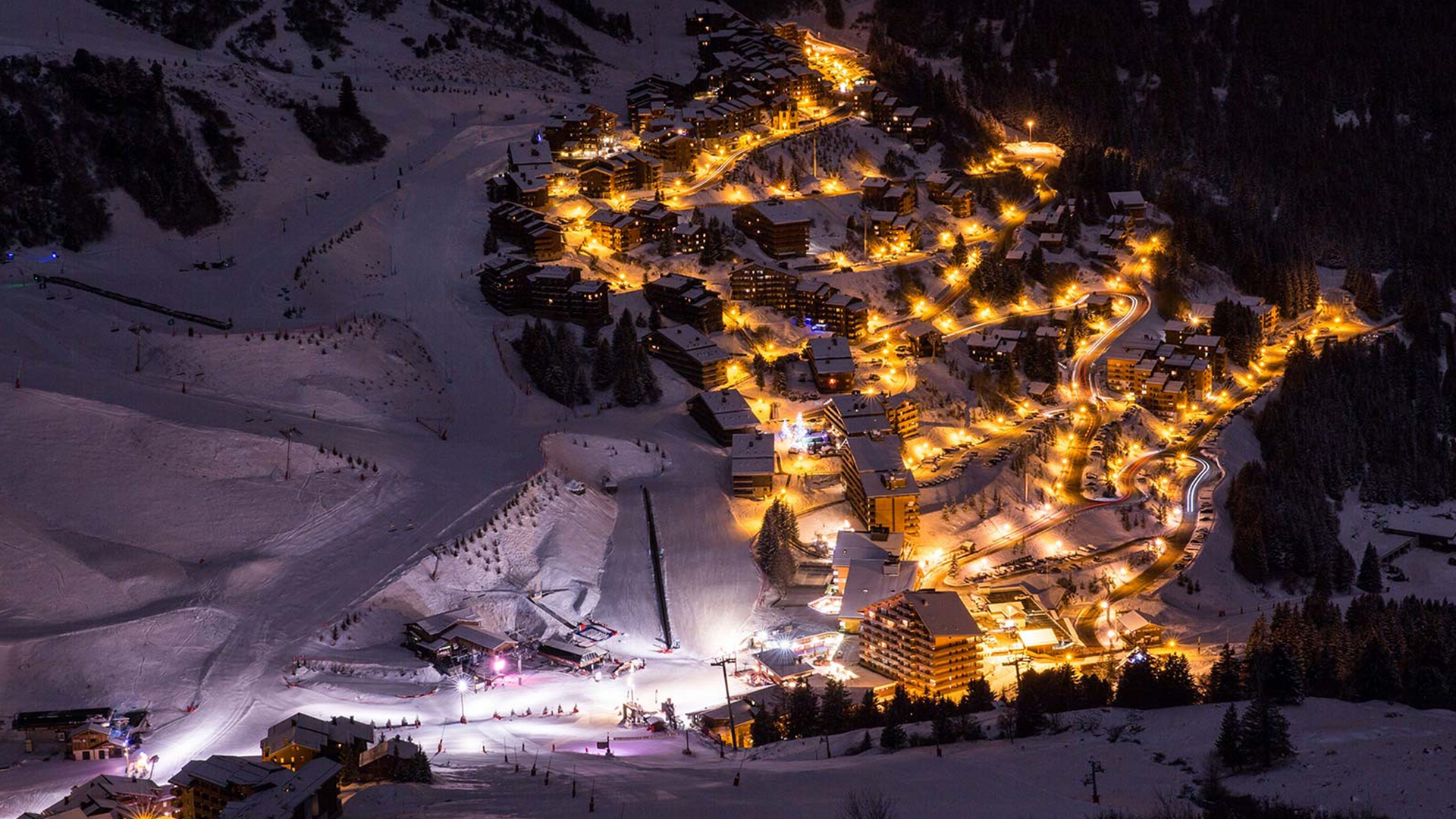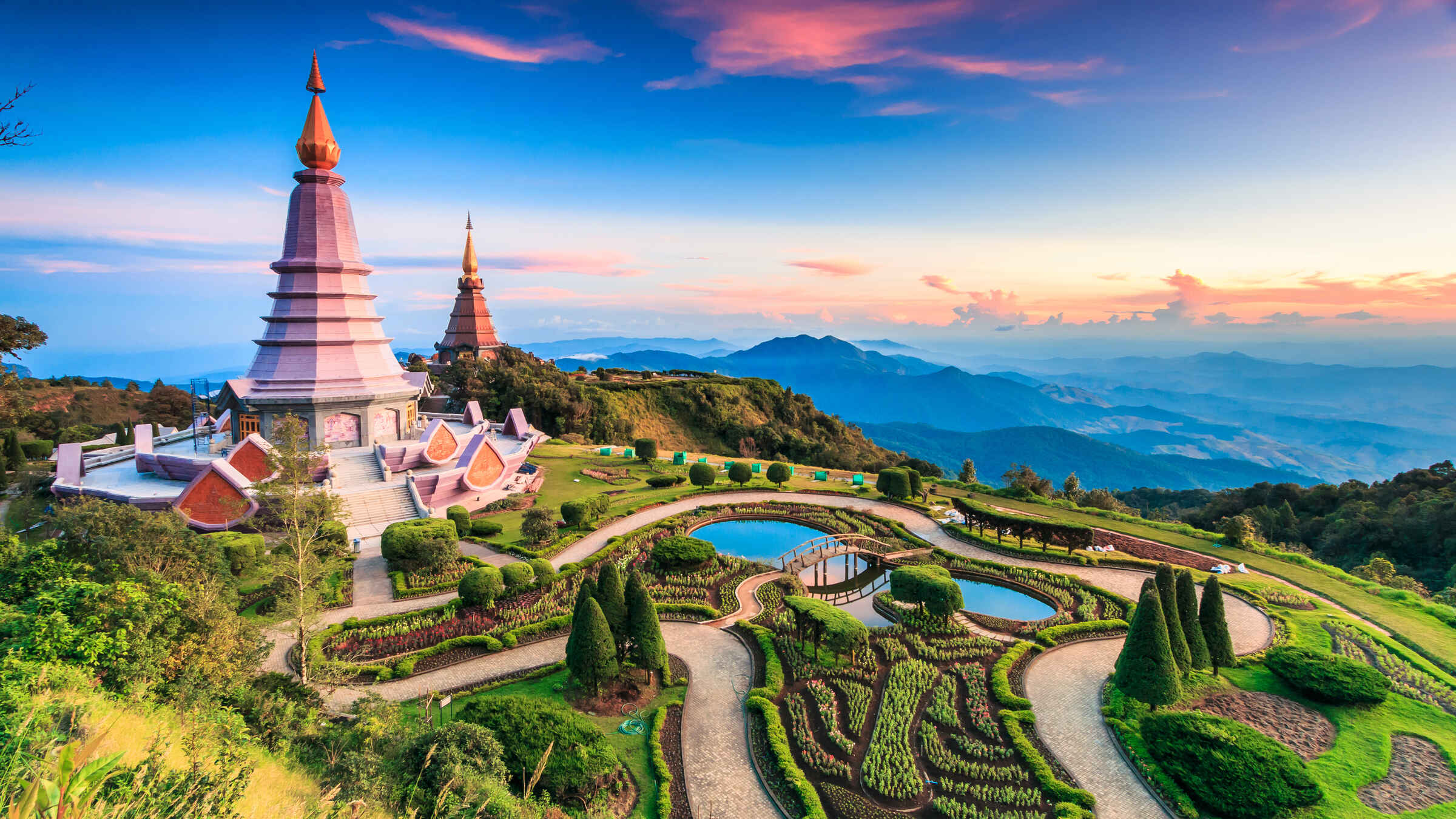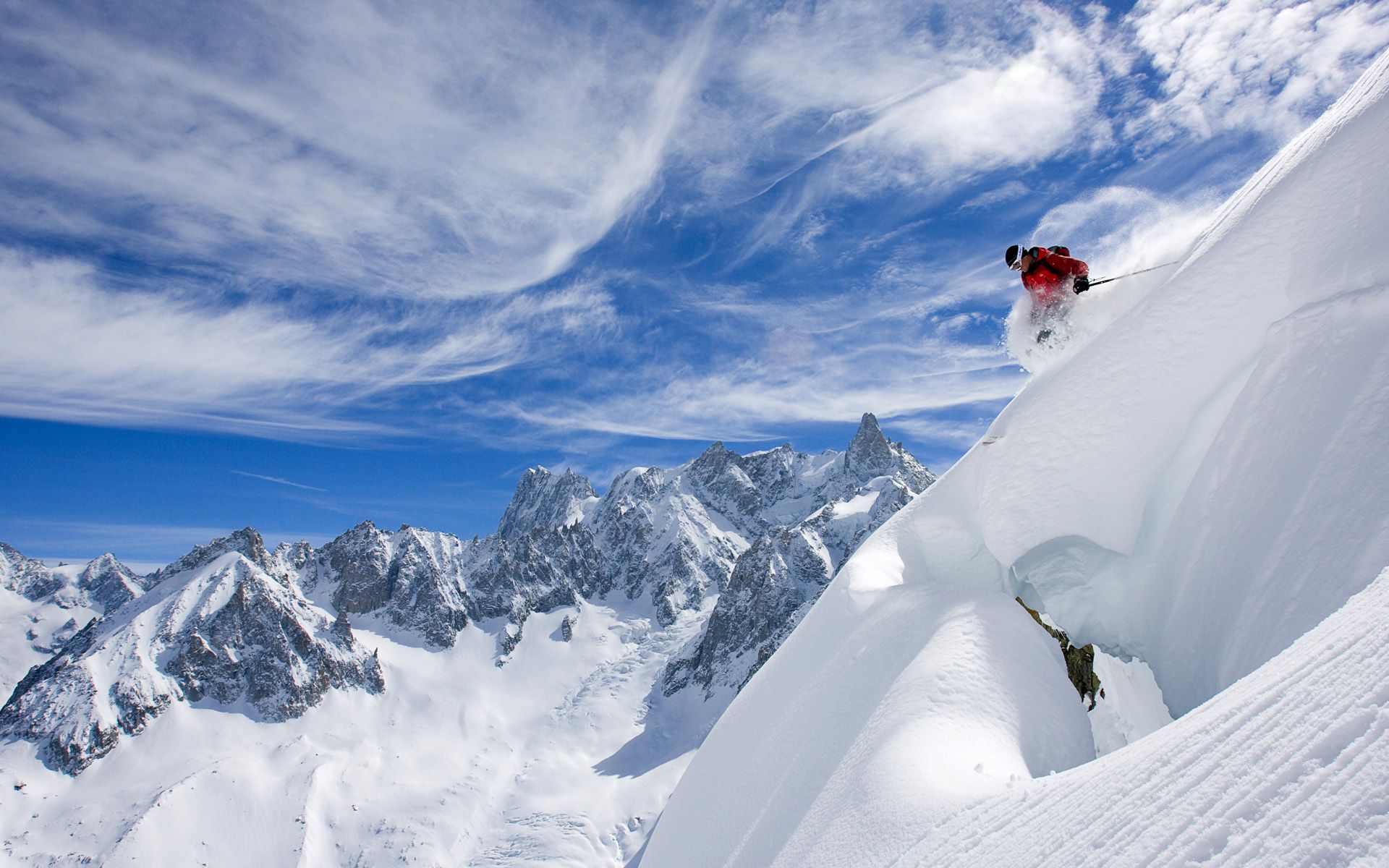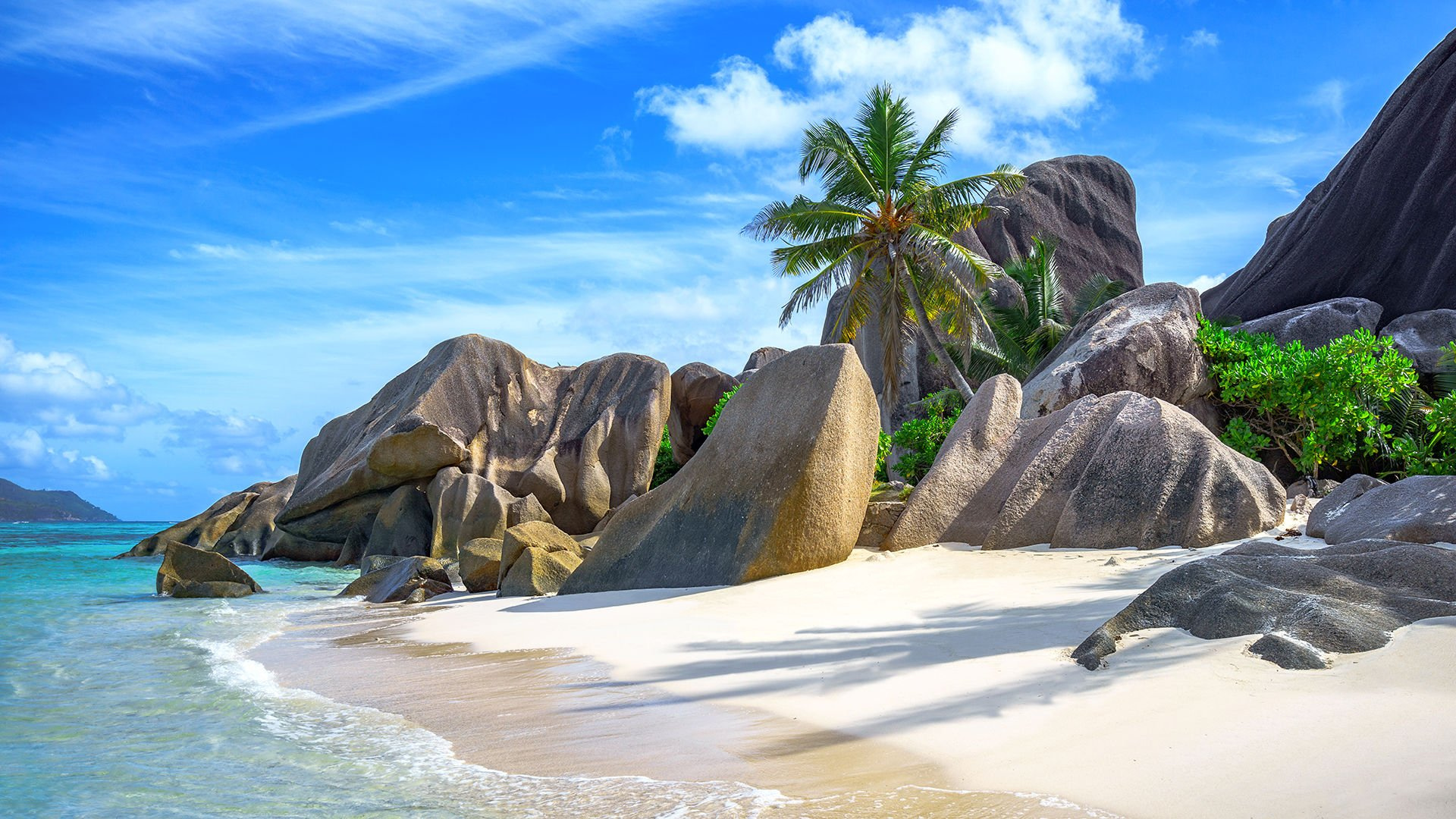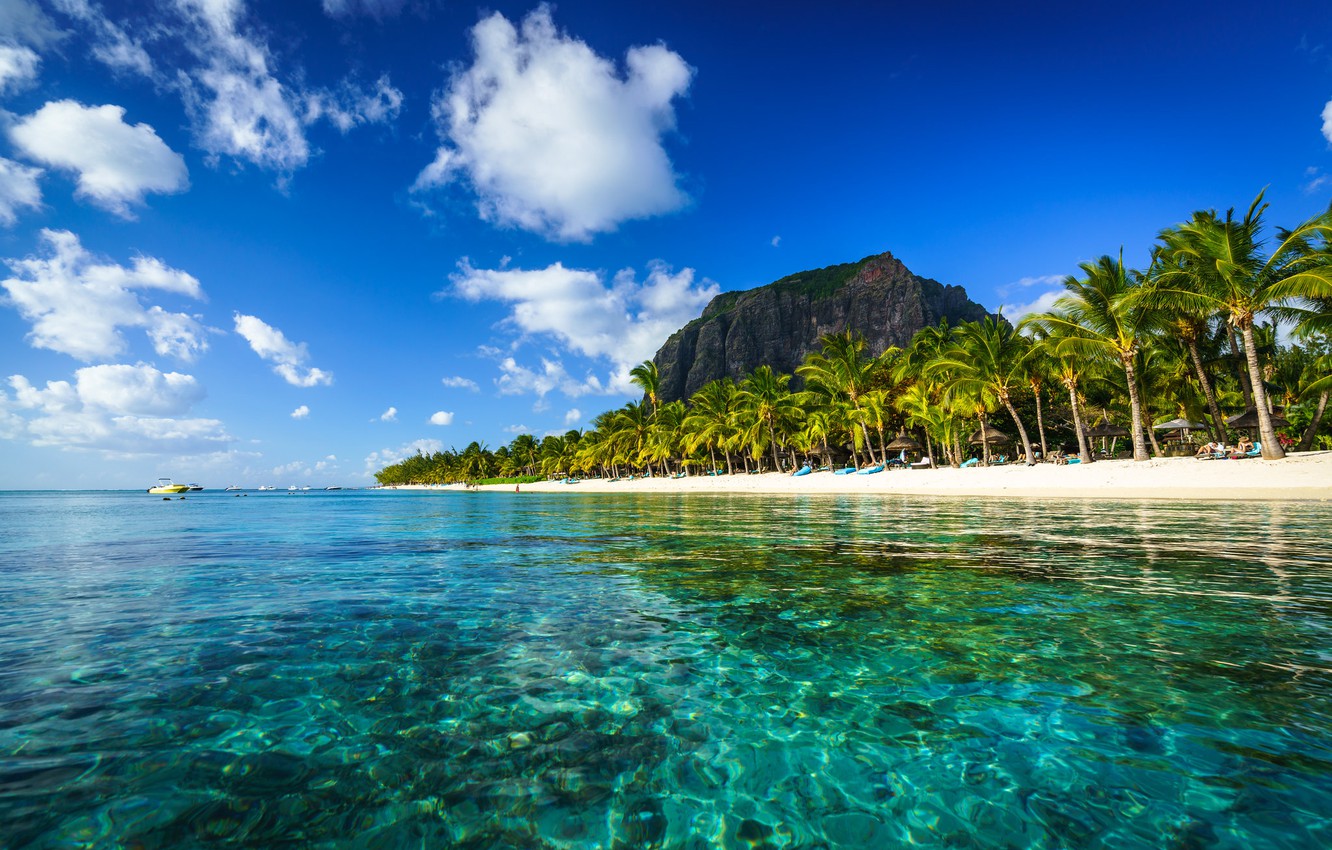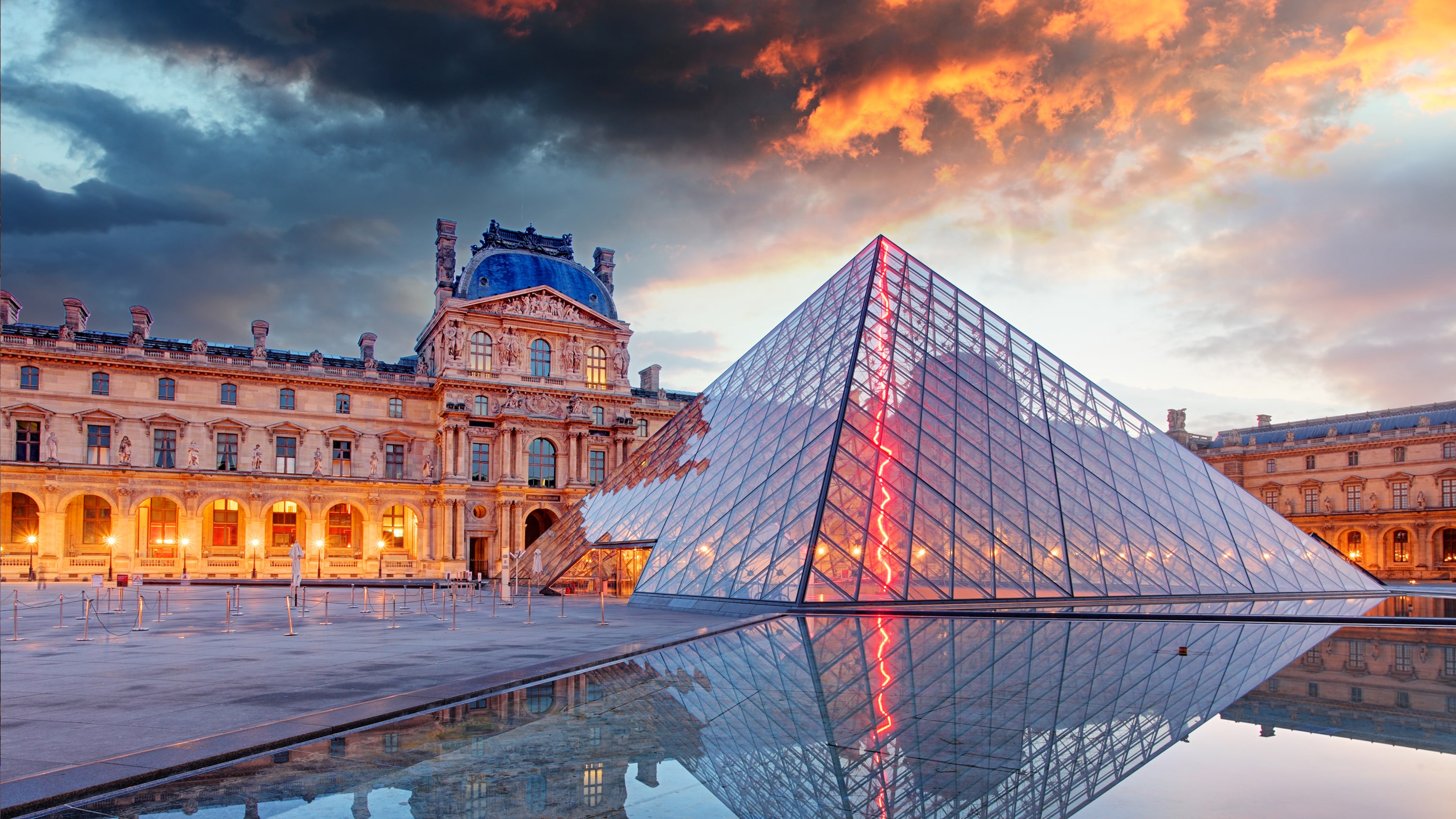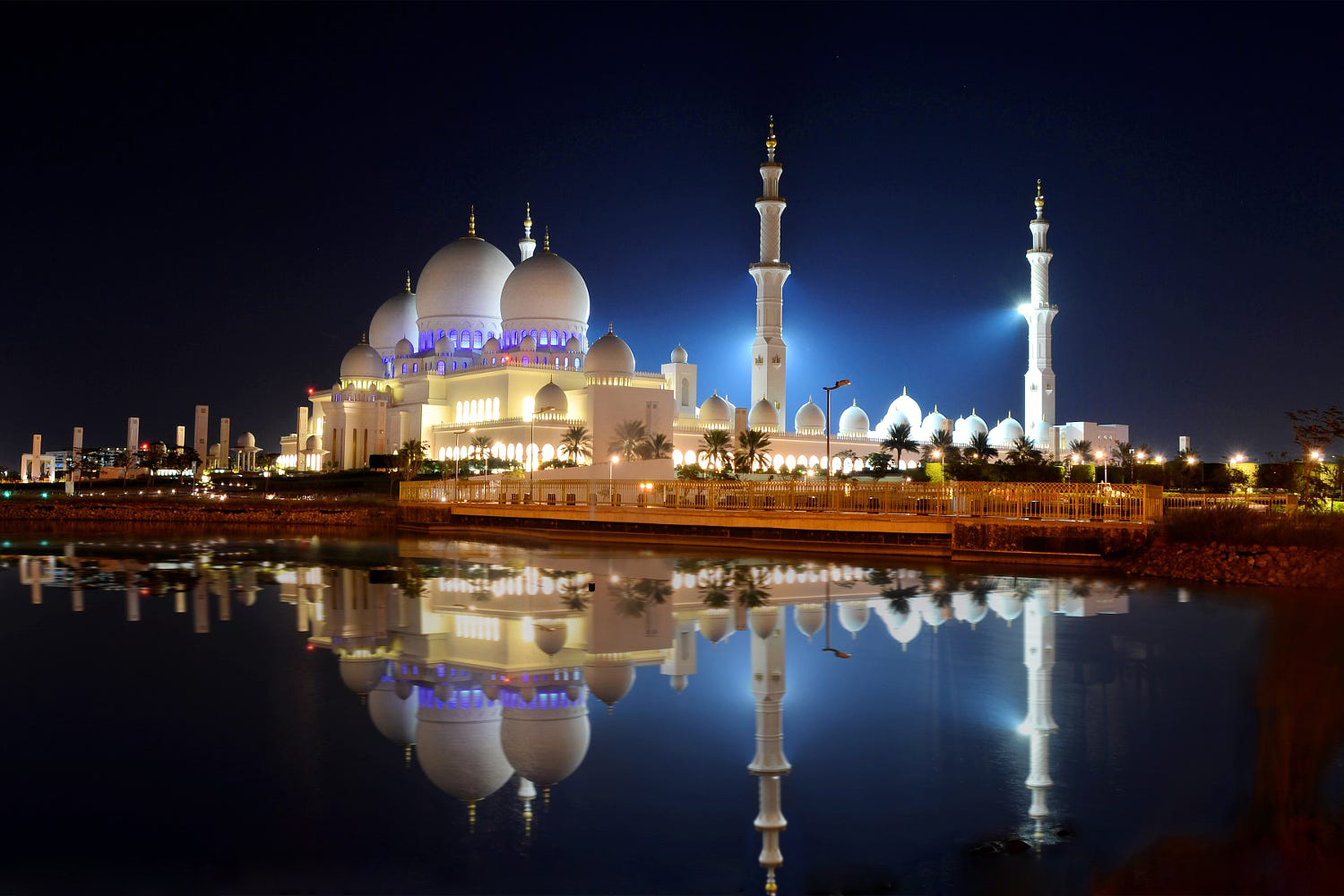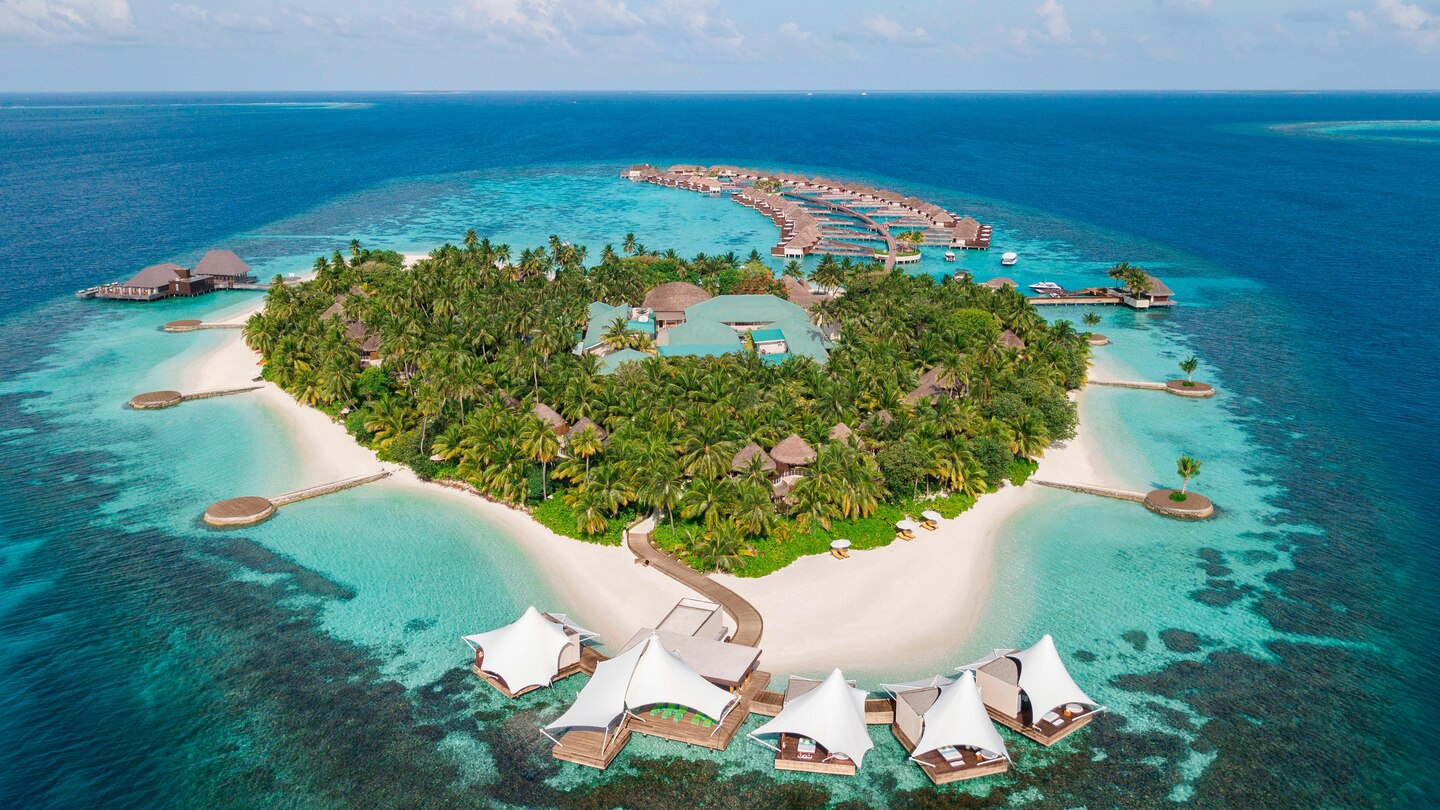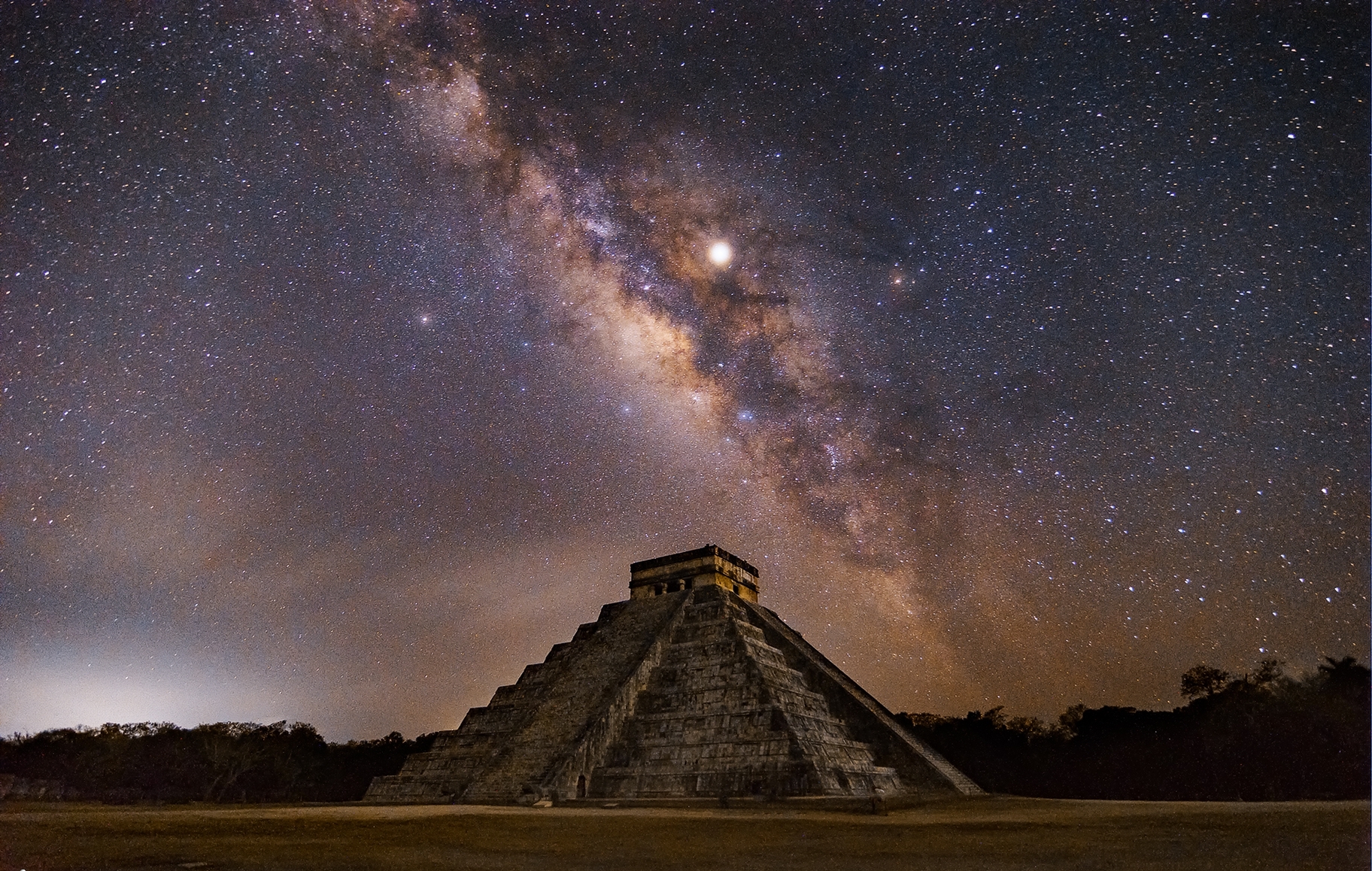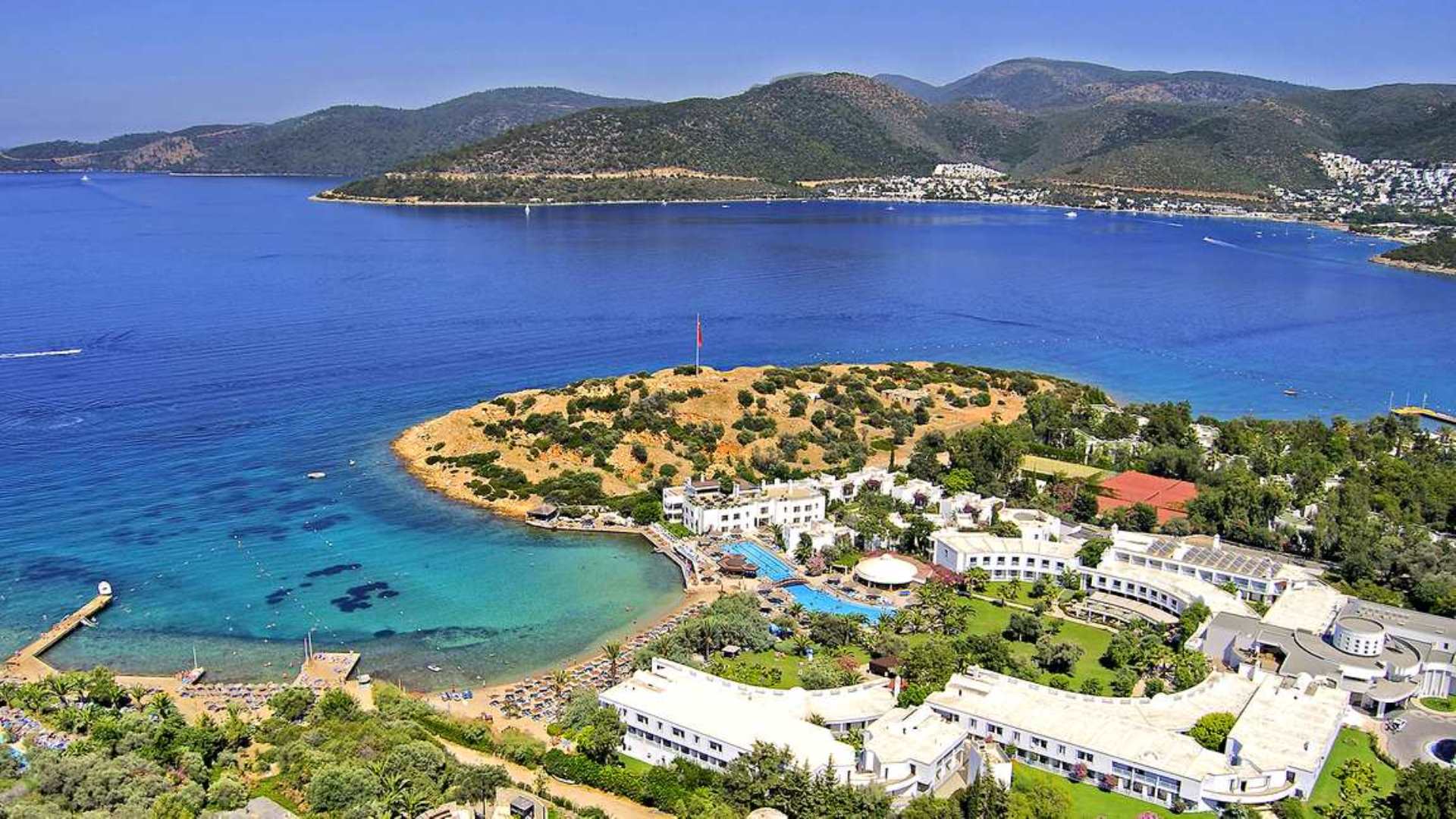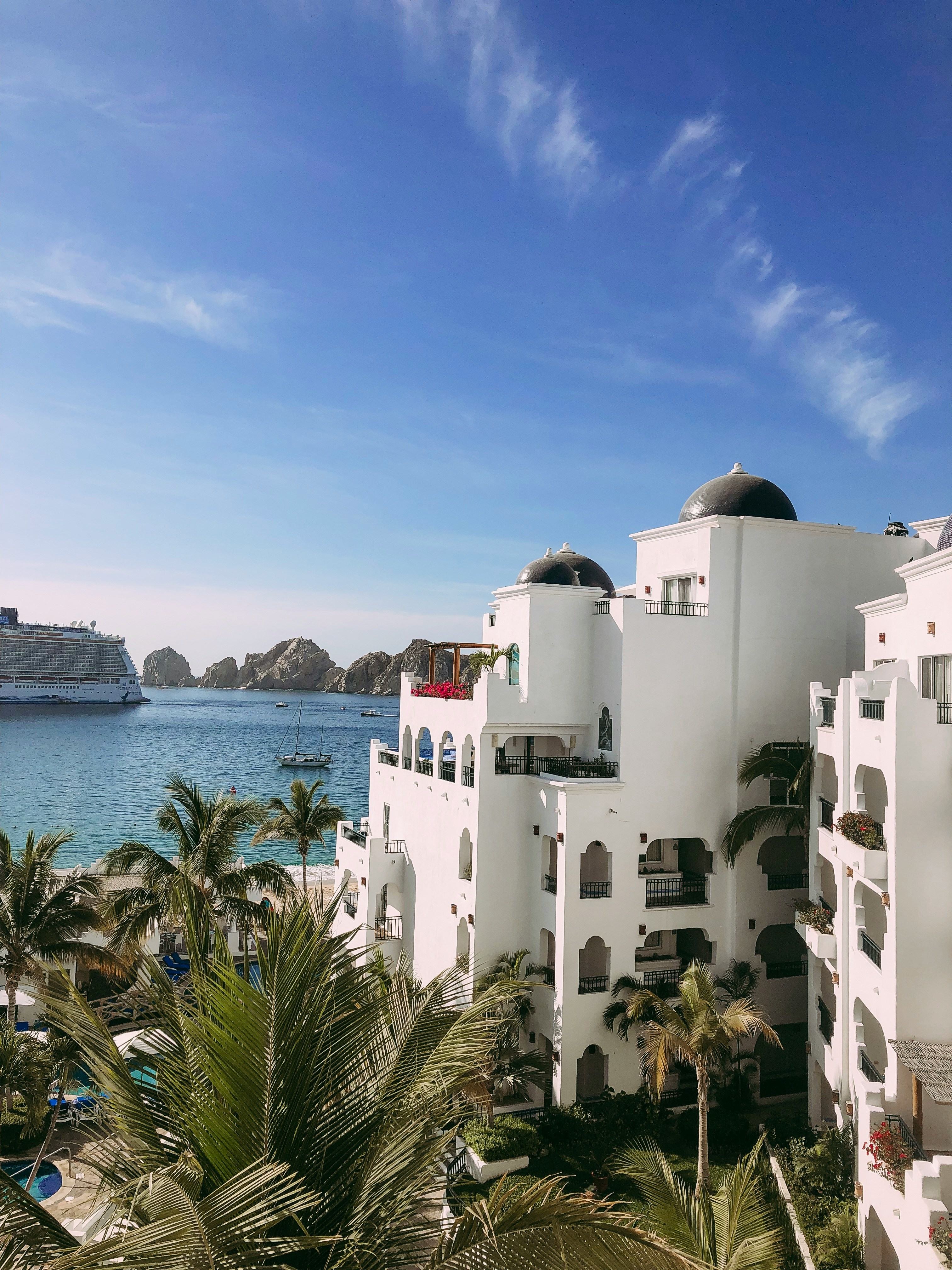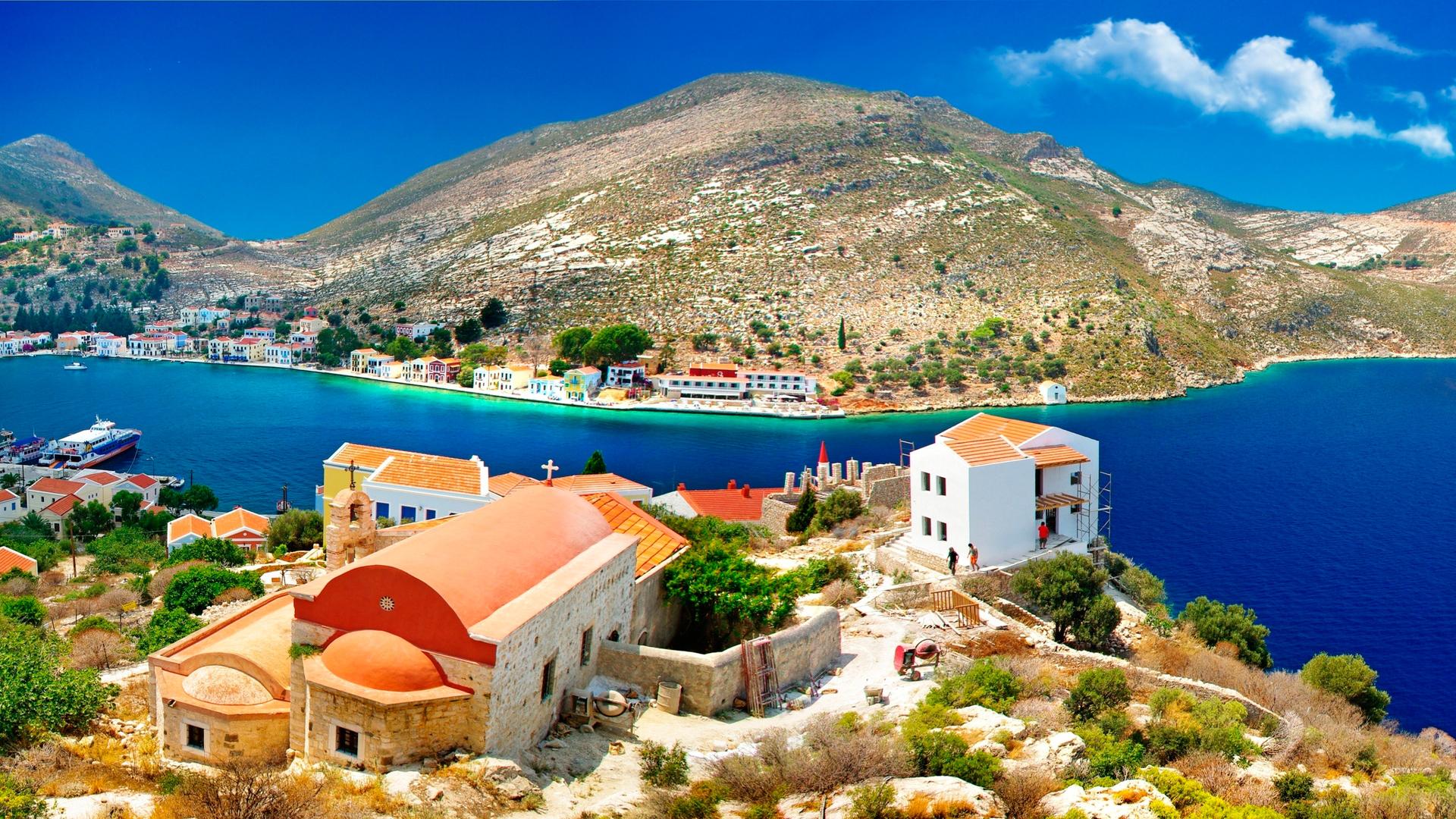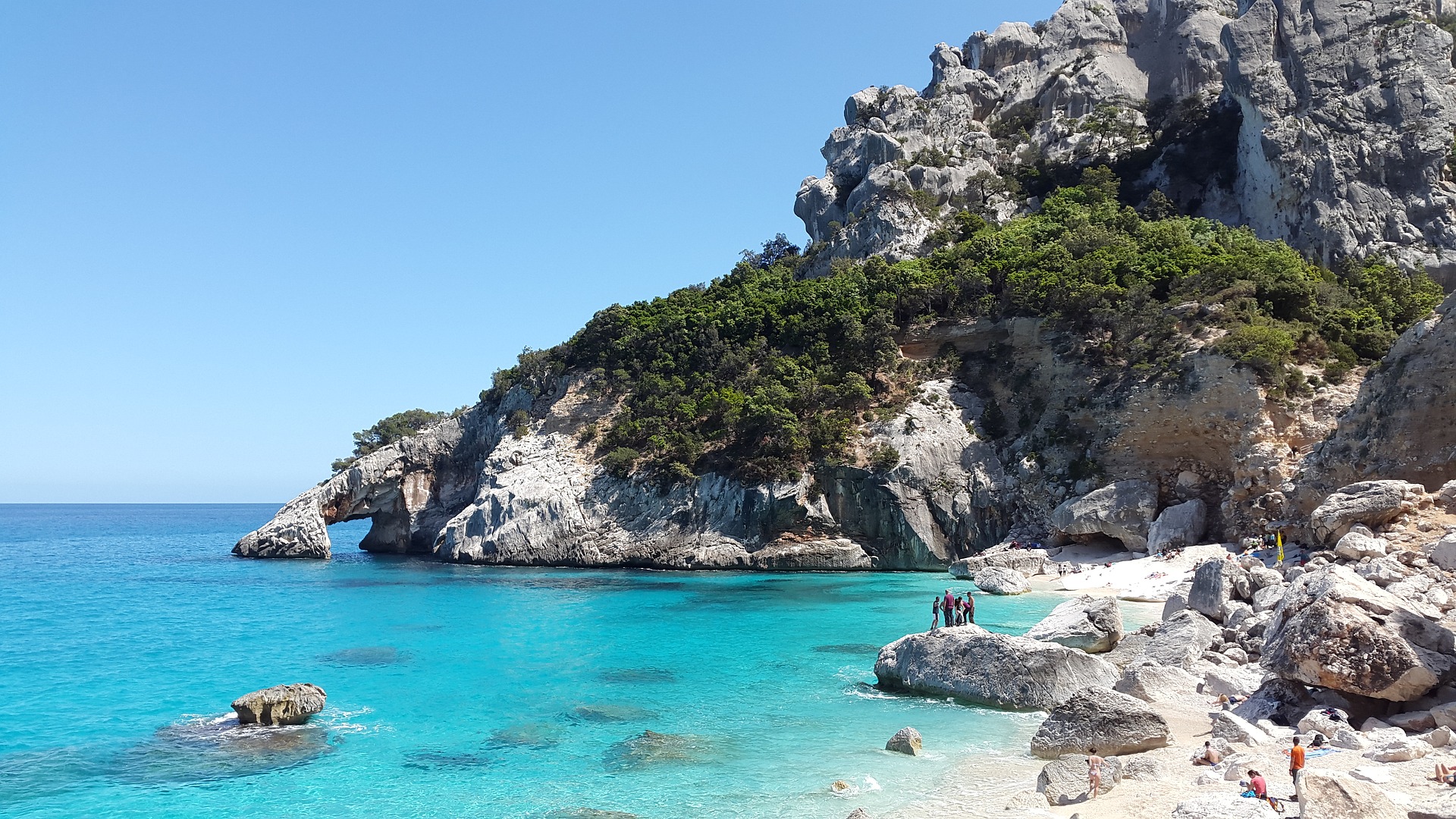Political status: Since 1991, the Republic of Estonia. Head of State - President, Legislature - State Assembly (Rigikogu).
Capital: Tallinn.
Population: 1.6 million people. Estonians (963,000), Russians, Ukrainians, etc.
Language: State is Estonian. Distributed: Russian, Finnish.
Religion: Most believers are Lutherans (70 per cent) and Orthodox (20 per cent). Freedom of religion is guaranteed by the Constitution.
Time: Time matches Kiev.
Money: Estonian kroneEC(equivalent to 100 cents (or prices) rigidly linked to the euro (1 EEK is approximately Euro1/16). Only Estonian crowns are accepted in all the country ' s institutions. Exchanges can be made at banks, exchange points at hotels, airports, stations and bus stations. The course may vary greatly from location to location, in banks the rate is often better than in commercial exchange points.
Kitchen: The traditional Estonian national cuisine has evolved largely under the influence of German and Swedish cooking traditions and consists mainly of simple and simple " peasant " meals made from porcine, potato, vegetables, spectacles, fish (especially popular salad) and bread products. The widespread use of meat subproducts (covers, levers) and a variety of dairy products is a remarkable feature. Only one dairy soup has more than 20. The soup itself is a fairly common dish - there are, for example, soups with pit and potatoes, with mites, with peanuts and peppers, bread, black, potato salads and even beer soup. Priests and grasses are very poorly used, in small quantities and in strictly defined dishes: rabbit to the salad, mayoran to the roof, tmine to the creat, pet, selery to the meat soups (and not all). Out of tastes, except milk, cream and pure estimates, Kastmead use milk and milk-methane creams that accompany almost every Estonian dish. The most popular "synar" is a special dish from the creativity, digging a Suitsukal trout, pork scissors with a peas, a blood sausage called Verevurst,
"mulgi puder, blood pancakes "up of the pacoeogide, barrels, mamulgicappas" is specially a carpet with a beer and a swab of pork, py parkoid, calykapuder, bruise-calycupero-calysm
In Estonia, they make amazing delicious chocolate with nuts, unusual candy with mint, liquor, coffee, nuts, great cakes and all possible other sweets.
The national drink is certainly a beer, a light Saku, and a darker Saar, from the island of Saaremaa, and the original product is copper beer and a heegwayne.
Transport: The main cities of Estonia are connected by a convenient bus service. Buses are quite modern and comfortable, and the schedule is being implemented inaccurately. Buses of local lines also operate on the same routes, but travel takes much longer as stops occur in all human settlements. Tickets are purchased in passenger cars or by the driver. Although the railway covers the routes of its electricity most of the country ' s cities, travel on the train usually takes longer than on the bus. Urban public transport works from 5:30 to 24.00. An hourly ticket (in each city - its own) is purchased from the driver or kiosks at stops, shops and newspaper lounges. Acts on all modes of transport within one hour of purchase. Single travel tickets for 1 trip, as well as for 1, 10, 20 and 30 days, operate on buses, trolleybuses and trams and are sold in kiosks at the stops. The ticket purchased from the driver or the wagon is one and a half more expensive than that purchased in the kiosks. Talons need to be assembled at the entrance to the vehicle. The private buses are invalid, the tickets are sold to the driver. In the evening, some lines can only come through the front door. Taxi and route taxi are relatively low, and only the counter pays. A taxi can be ordered by telephone, a separate fee for order.
No. The prices for landing, a kilometre, a minute of parking and a minimum fee shall be weighed on the side glass. There are several large firms and private taxi in Tallinn. It's easier to rent a car in big cities, but if necessary and for a separate fee, the car will be delivered anywhere in the country. International driver ' s license, international insurance (the Green Card) or local road insurance policy (may be developed at border crossing). Some firms request payment of collateral (up to 1,000 EEC) or an international credit card. Legal movement. Permitted speed of traffic in urban and human settlements - 50 km/h, peri-urban roads - 90 km/h, in summer on selected roads - to 110 km/h. All occupants in the salon shall be fitted with safety-belts. The light of the headlamps shall be switched on 24 hours a day. Very high fines are applied for speeding and for driving in non-resistant. The park in the center of major cities and historical zones is feeble. It is possible to pay for the parking lot by buying a special parking card in kiosks or parking officers and by pointing out the time of the start of the parking lot. In some places, there are parking machines that accept small items and issue a check indicating the end of the parking lot. The parking ticket is 30 USD.
Procurement: Magazines work from 9 a.m. to 6 p.m. (some up to 8 p.m.) on buoys, Saturdays from 9 a.m. to 3 p.m. (some to 18.00). Supermarkets and shops in resort areas are usually open from 10,000 to 20.00. Don't give up on your pleasure and go shopping in Estonia. The Yantar, the glins, the glacier, the cotton, and of course the famous socks, the hats, the barrels and sweaters associated with the hands of the local streets are all you can bring as a souvenir from this cozy and welcome country. In Tallinn, there's a merchant street where $40-50 can buy a manual sweater, $20-25's a nice stick with a whistle, $10-bag. The only thing Estonia is far behind Europe is price levels for good, quality, firm things. Finns, Danes, Swedes and Dutch people come to Tallinn on a special trip to shops. Two.
The largest tallinn supernaturals - Socos and Stockmann - the prices of European goods are almost twice as low as Kiev.
Notice: West Coast - Pyarna and Haapsalu resorts with their treatment filth, as well as fortification facilities, medieval cords, reinforced churches and monasteries. Narva: Medieval Castle (XVIII-XVV), Urban Strengthening (XIV), Ratus (XVII). Tartu: Ratushi building and one of the oldest universities in Eastern Europe, Petra and Pavla (XII-XV Vv) and Yaani Church (Sir XIV). Tallinn: ensemble of the Old City with numerous collections, walls and mid-wave towers - Upper City (XIII-XIV Vv) with the castle (XIII-XVI V), the Catholic House Church (XIII-XV Vv) and the Lower City (XIV-XVI Vv) Pyarno, Haapsalou, Narva yaiesou, Kuresare. Preservers: Viiduyae, Vilsandi, Matsala, Lahema National Park, which retains the upper marshes and forests in a perinatal form.
Festival: The main festivals of Estonia are the People ' s Federation of Baltics, held in Tallinn in mid-July, and the beautiful All-Eston festival of Pesney. Also in the capital, there's a jazz festival called "Tudengijaz, February," a week of Estonian films (mart), a day of Estonian music in the National Opera Theatre "Estonia" (April), the largest jazz festival of the Baltic countries, "Jazcavallava."
All over the country, leading musical groups are performing under the Open Barocco Music Festival.
(January-February). It's literally overburdened by events. The night of the summer sun (Janipayav, Yanov Day) is the most beautiful and fun summer holiday, the Grillfest, accompanied by dances, songs and fun around the cats, and the search for the mystical flower of the folder who, trust me, is flowing only this night and brings good luck to anyone who finds it. In the environs of the Bishop Castle in Haapsal every year in August, the Festival of the White Lady, devoted to the "the famous ghost of Estonia." In the National Park in Lachema, the first weekend of July is a folklore festival called Vira Saru. Numerous song festivals and concerts take place in many localities on an individual basis. The Tartu ski marathon (February) is being launched in Otepya.
